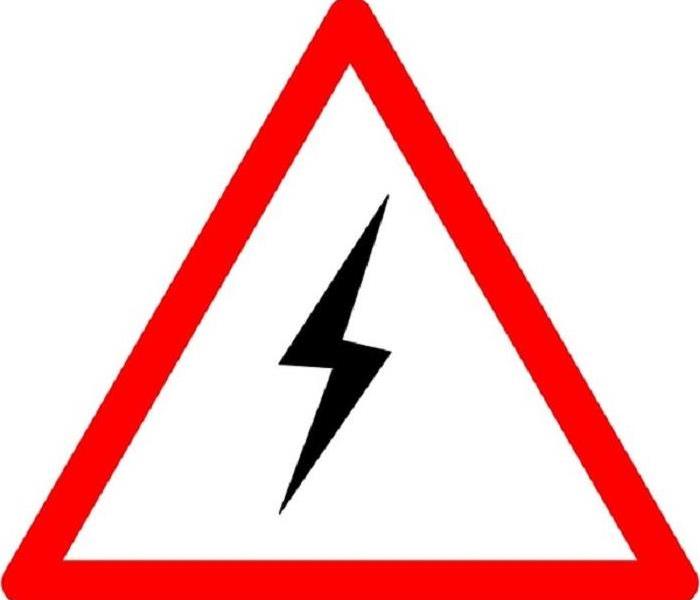Electrical Safety in the Office and at Home.
9/11/2017 (Permalink)
 No one ever wants to deal with the aftermath of a fire, so take these precautions to prevent dealing with a devastating loss.
No one ever wants to deal with the aftermath of a fire, so take these precautions to prevent dealing with a devastating loss.
Consumer electronic products are more prevalent than ever. Research indicates that the average household owns more than twenty-five consumer electronic products. With all of today’s technology, it can prove challenging to safely maintain power to all of our electronic devices. Electrical outlets are easy to overload and as a result, may become hazardous. While adding a power strip or extension cord seems like an easy solution to a lack of electrical outlets, the wiring in some buildings often isn’t capable of supporting too many high-powered electronic appliances.
Older office buildings and homes, in particular, often suffer from lack of electrical outlets. The temptation is to simply add a power strip or plug in an extension cord from across the room. Even in newer office buildings and homes, it can be all too easy to overload a single outlet with power hungry machines such as computers, printers, scanners and monitors.
When an employee or resident overloads an electrical outlet, that means more current is running through the outlet than it can handle. This causes the outlet to overheat, which may lead to an electrical fire. According to a 2008 National Fire Protection Association study, electrical distribution and lighting equipment are involved in more than 24,000 home structure fires per year. These fires resulted in an average of 320 deaths per year and an estimated $700 million in property damage per year.
If an electrical fire should occur, get safely away from the fire and call your fire department. If you choose to use an extinguisher on the fire, never let the fire get between you and a safe exit, and never let use water to extinguish an electrical fire. Class C fire extinguishers use a non-conductive extinguishing agent and should not cause electrical shock.
To help prevent this and other electrical hazards, refer to the list below (provided by Electrical Safety Foundation International).
- If you must use a power strip, use a name brand product from a reputable retailer. Low-quality or counterfeit power strips may contain wiring that isn’t adequate to carry the load.
- Place power strips where there is plenty of air circulation to disperse the heat.
- Never attempt to plug grounded (three-pronged) cords into an ungrounded (two-pronged) outlet.
- Do not bind, kink or know electrical cords.





 24/7 Emergency Service
24/7 Emergency Service